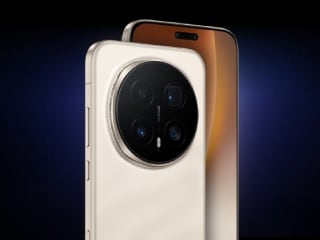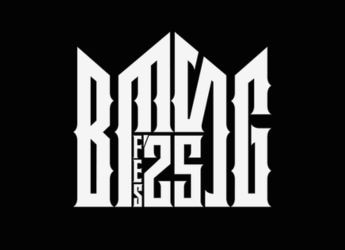- Home
- Science
- Science News
- Asteroids Hiding in Plain Sight Can Now Be Spotted Using New Algorithm THOR
Asteroids Hiding in Plain Sight Can Now Be Spotted Using New Algorithm THOR
Unlike current algorithms, THOR does not require the telescope to observe the sky for asteroids to be discoverable.

Photo Credit: Pixabay
THOR has been running on the Asteroid Institute's cloud-based astrodynamics platform ADAM
An asteroid is a relatively small chunk of rocky minerals that orbits the Sun. When they swing by Earth, they are described as Near Earth Asteroids. Most of these rocky objects can be found orbiting in the asteroid belt between Mars and Jupiter. But nearly 1,400 of these have been classified as potentially hazardous to Earth, which means their orbit and size pose a reasonable threat to our safety. Most of the asteroids that enter the Earth's atmosphere are unable to withstand the heat and burn into a meteorite before hitting the surface. However, some do not vanish completely.
Some 65 million years ago, a large asteroid collided with the Earth and it was the end of the age of dinosaurs. Not just them, it is believed that around 75 percent of animals died out suddenly as a result of the catastrophic event. After realising the threat asteroids pose to our survival, researchers have been trying to study these rocky objects. As per the researchers, finding and tracking asteroids is key to planetary defence against their killer impacts.
Some researchers working closely with the University of Washington have developed a novel algorithm — known as Tracklet-less Heliocentric Orbit Recovery, or THOR — to do this work. Their algorithm has now proved its usefulness, by detecting the first candidate asteroids, which have been confirmed by the International Astronomical Union's Minor Planet Center.
The Asteroid Institute, a programme of B612 Foundation, has been running THOR on its cloud-based astrodynamics platform ADAM. A comprehensive map of the solar system gives astronomers critical insights both for science and planetary defence.
Unlike current algorithms, THOR does not require the telescope to observe the sky for asteroids to be discoverable, the foundation said.
The researchers hope that the new algorithm will help detect more asteroids hiding in plain sight. “We are using the power of massive computation to enable not only more discoveries from existing telescopes, but also to find and track asteroids in historical images of the sky that had gone previously unnoticed because they were never intended for asteroid searches,” said Asteroid Institute Executive Director Dr. Ed Lu.
Get your daily dose of tech news, reviews, and insights, in under 80 characters on Gadgets 360 Turbo. Connect with fellow tech lovers on our Forum. Follow us on X, Facebook, WhatsApp, Threads and Google News for instant updates. Catch all the action on our YouTube channel.
Related Stories
- Samsung Galaxy Unpacked 2025
- ChatGPT
- Redmi Note 14 Pro+
- iPhone 16
- Apple Vision Pro
- Oneplus 12
- OnePlus Nord CE 3 Lite 5G
- iPhone 13
- Xiaomi 14 Pro
- Oppo Find N3
- Tecno Spark Go (2023)
- Realme V30
- Best Phones Under 25000
- Samsung Galaxy S24 Series
- Cryptocurrency
- iQoo 12
- Samsung Galaxy S24 Ultra
- Giottus
- Samsung Galaxy Z Flip 5
- Apple 'Scary Fast'
- Housefull 5
- GoPro Hero 12 Black Review
- Invincible Season 2
- JioGlass
- HD Ready TV
- Laptop Under 50000
- Smartwatch Under 10000
- Latest Mobile Phones
- Compare Phones
- Honor Win RT
- Honor Win
- Xiaomi 17 Ultra Leica Edition
- Xiaomi 17 Ultra
- Huawei Nova 15
- Huawei Nova 15 Pro
- Huawei Nova 15 Ultra
- OnePlus 15R
- Asus ProArt P16
- MacBook Pro 14-inch (M5, 2025)
- OPPO Pad Air 5
- Huawei MatePad 11.5 (2026)
- Xiaomi Watch 5
- Huawei Watch 10th Anniversary Edition
- Acerpure Nitro Z Series 100-inch QLED TV
- Samsung 43 Inch LED Ultra HD (4K) Smart TV (UA43UE81AFULXL)
- Asus ROG Ally
- Nintendo Switch Lite
- Haier 1.6 Ton 5 Star Inverter Split AC (HSU19G-MZAID5BN-INV)
- Haier 1.6 Ton 5 Star Inverter Split AC (HSU19G-MZAIM5BN-INV)

















